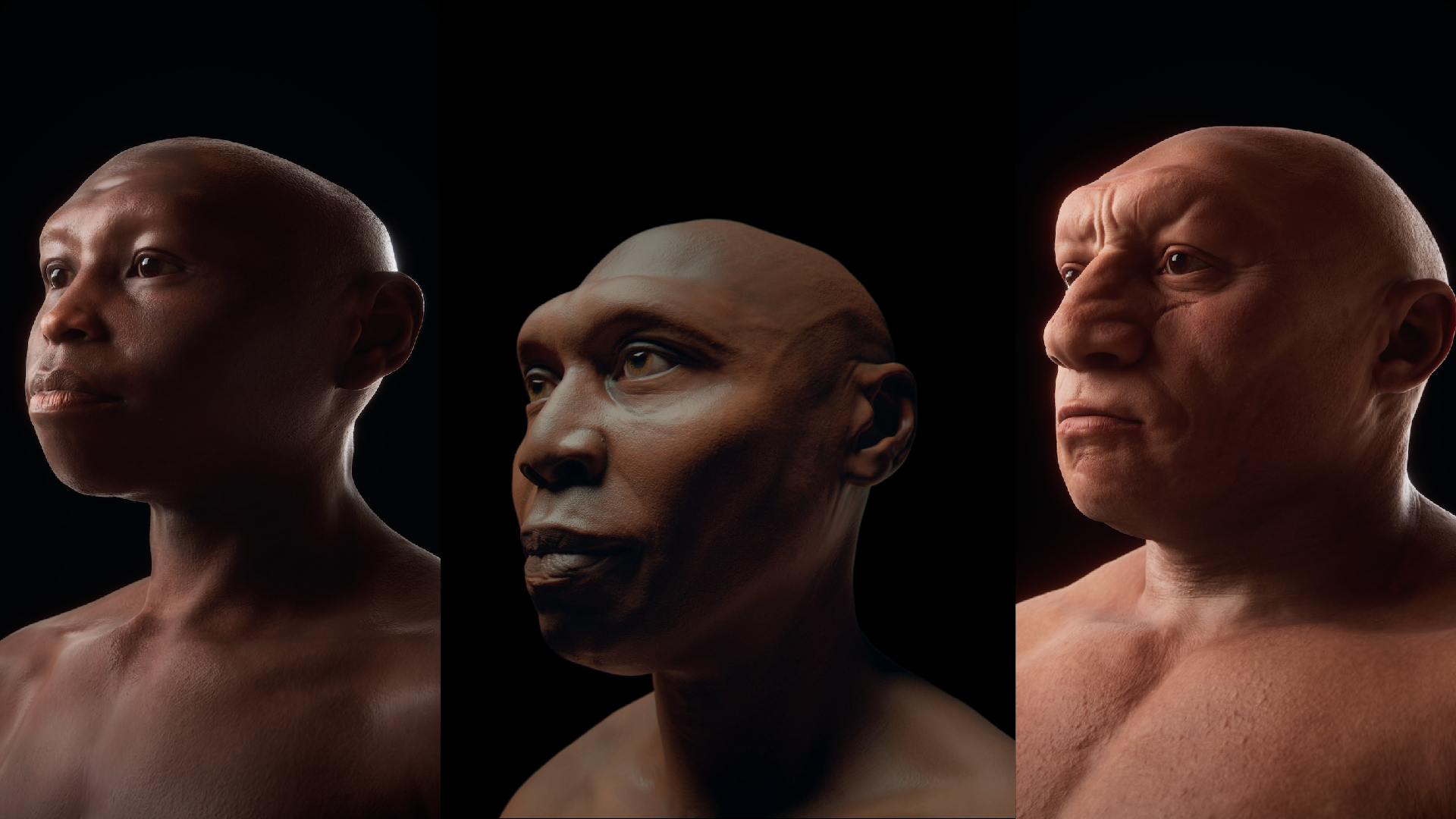Get the latest Science News and Discoveries
Princeton study maps 200,000 years of Human–Neanderthal interbreeding
For centuries, we’ve imagined Neanderthals as distant cousins — a separate species that vanished long ago. But thanks to AI-powered genetic research, scientists have revealed a far more entangled history. Modern humans and Neanderthals didn’t just cross paths; they repeatedly interbred, shared genes, and even merged populations over nearly 250,000 years. These revelations suggest that Neanderthals never truly disappeared — they were absorbed. Their legacy lives on in our DNA, reshaping our understanding of what it means to be human.
None
Or read this on ScienceDaily



